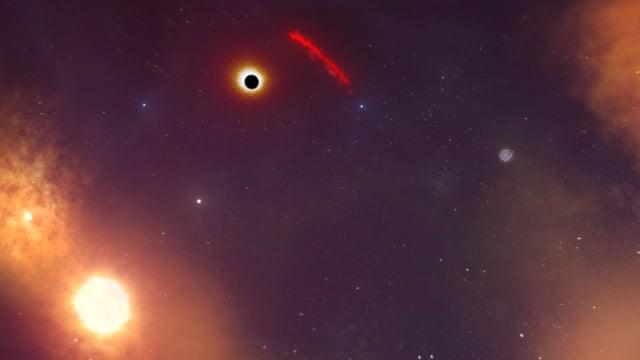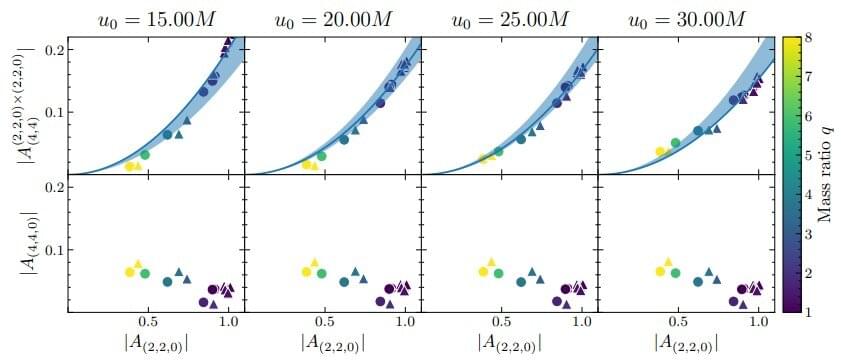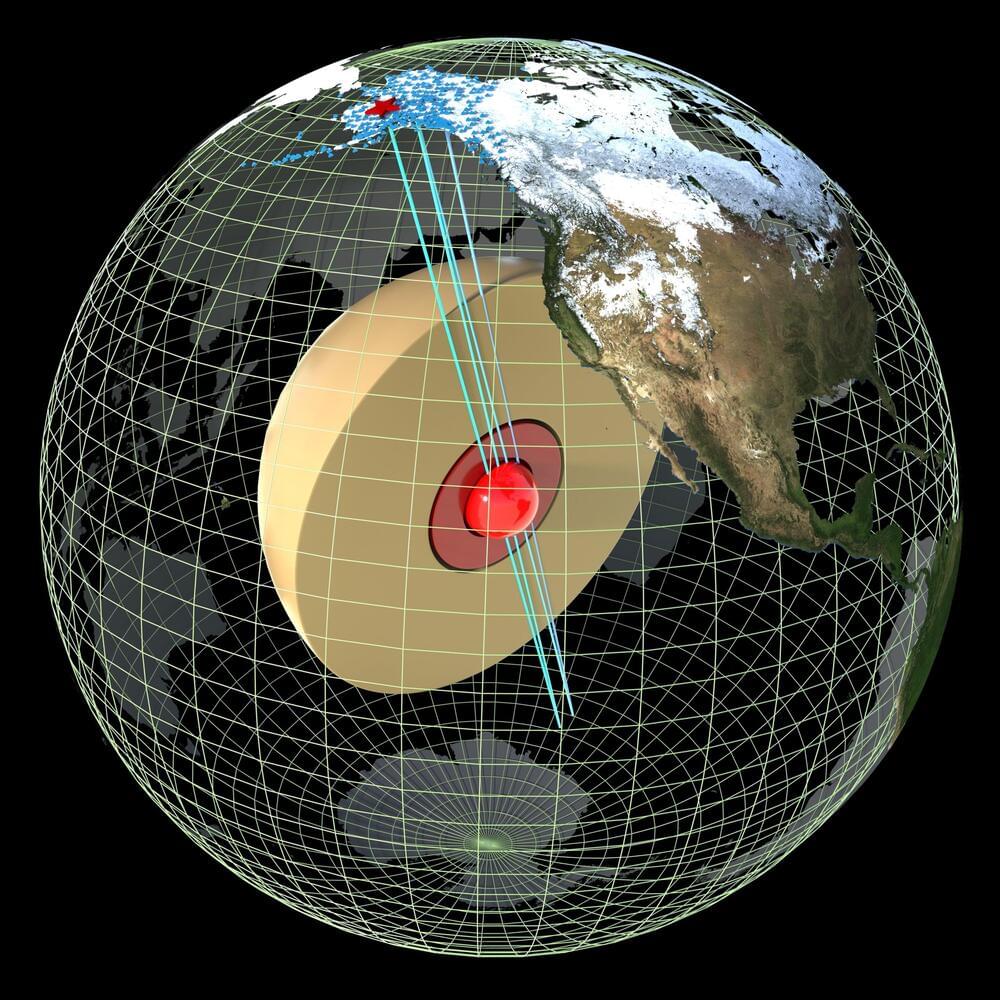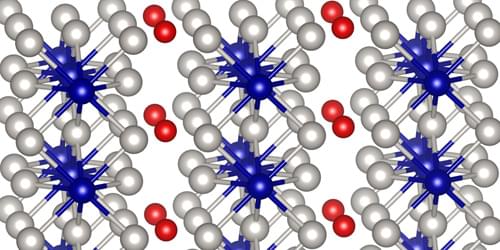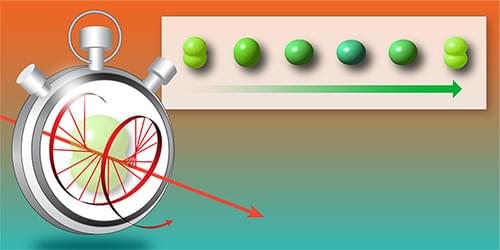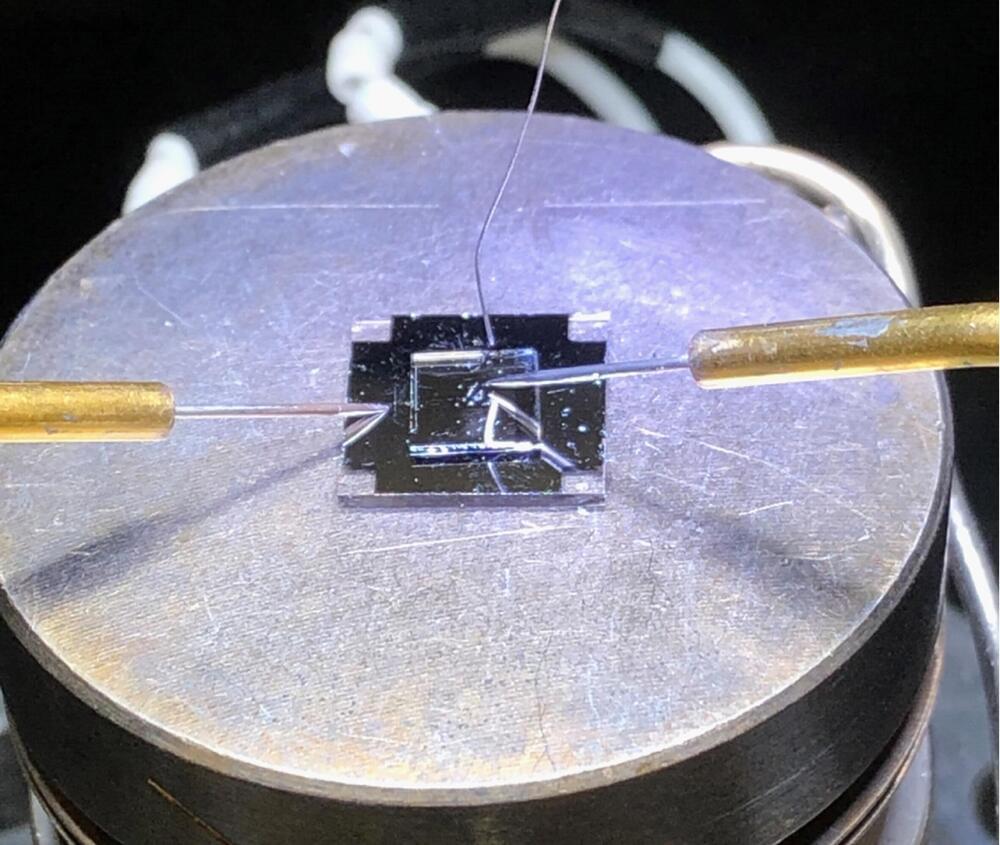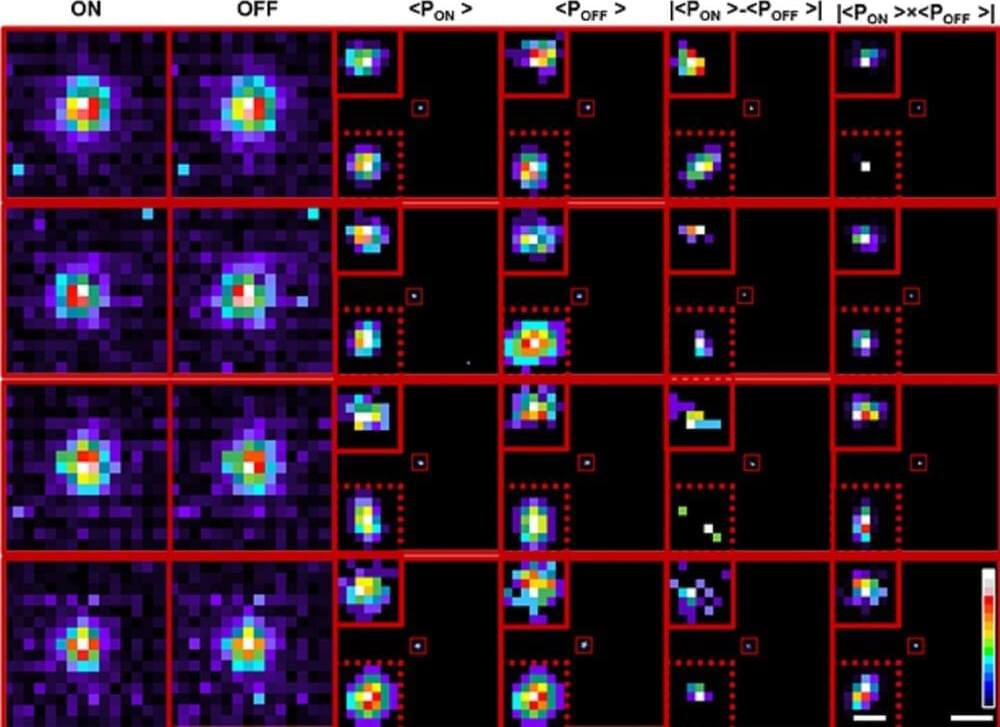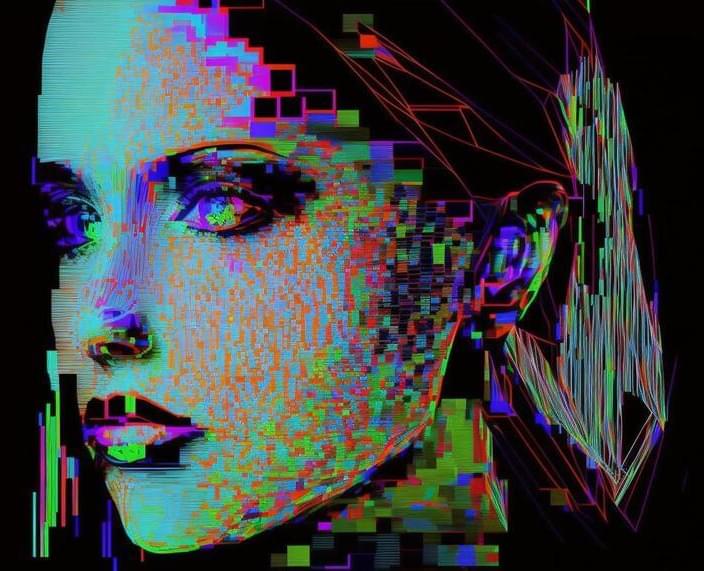Feb 22, 2023
Threat Actors Adopt Havoc Framework for Post-Exploitation in Targeted Attacks
Posted by Saúl Morales Rodriguéz in categories: cybercrime/malcode, government
An open source command-and-control (C2) framework known as Havoc is being adopted by threat actors as an alternative to other well-known legitimate toolkits like Cobalt Strike, Sliver, and Brute Ratel.
Cybersecurity firm Zscaler said it observed a new campaign in the beginning of January 2023 targeting an unnamed government organization that utilized Havoc.
“While C2 frameworks are prolific, the open-source Havoc framework is an advanced post-exploitation command-and-control framework capable of bypassing the most current and updated version of Windows 11 defender due to the implementation of advanced evasion techniques such as indirect syscalls and sleep obfuscation,” researchers Niraj Shivtarkar and Niraj Shivtarkar said.

